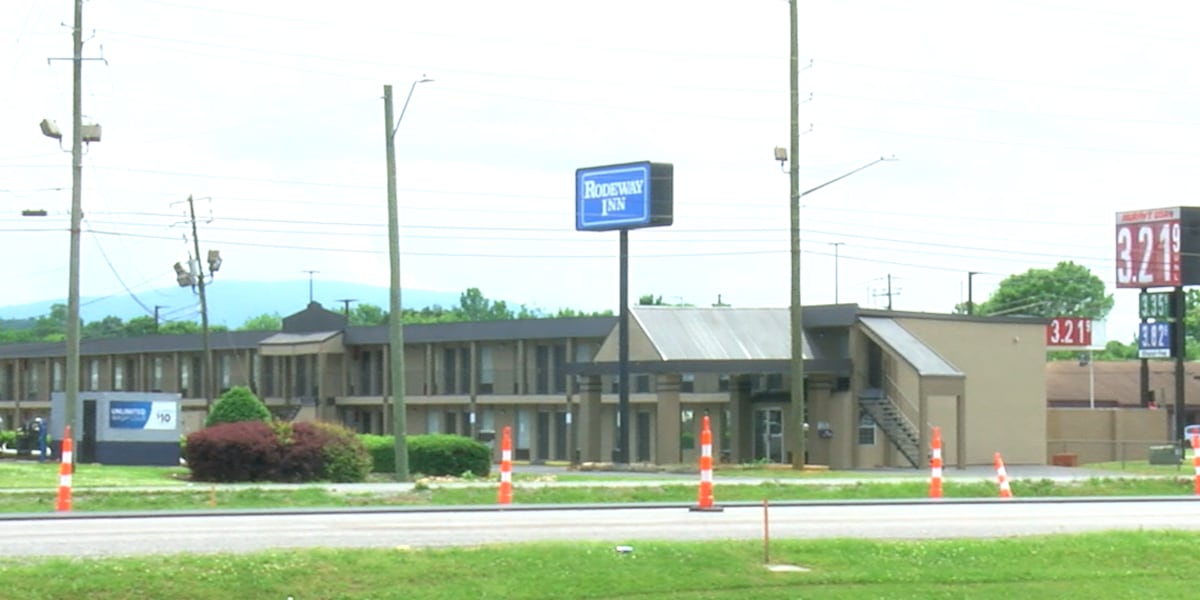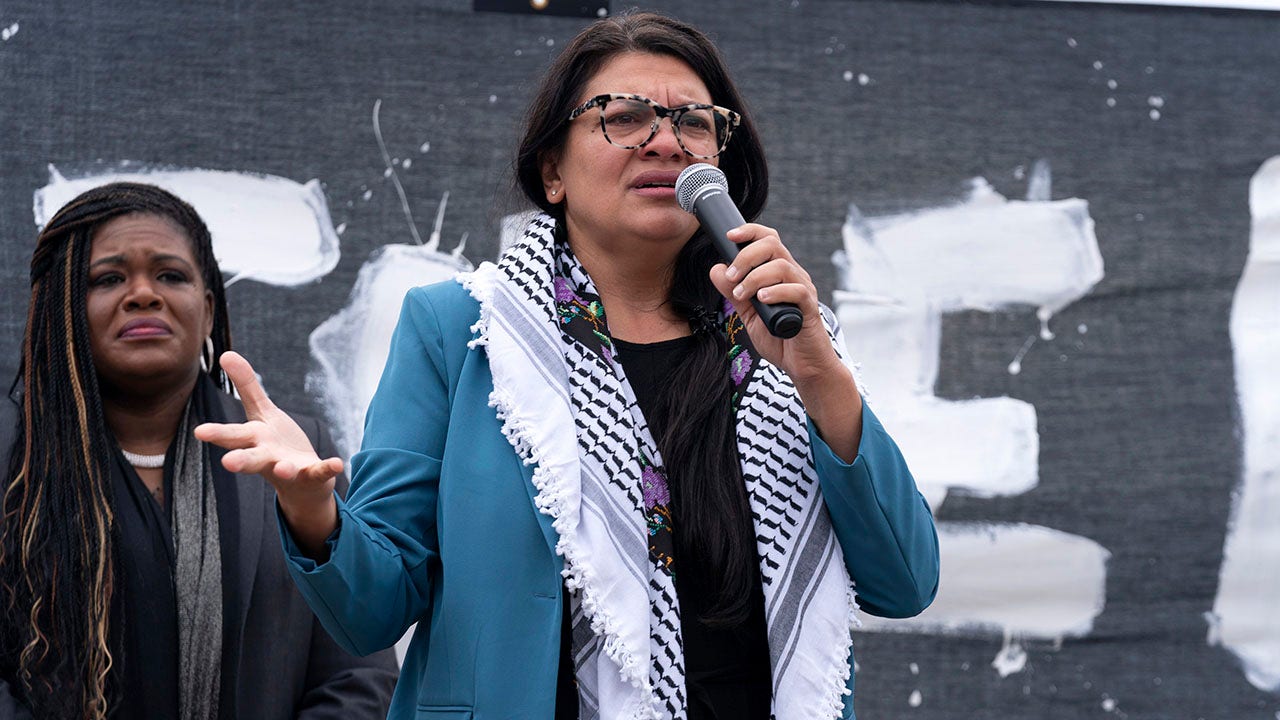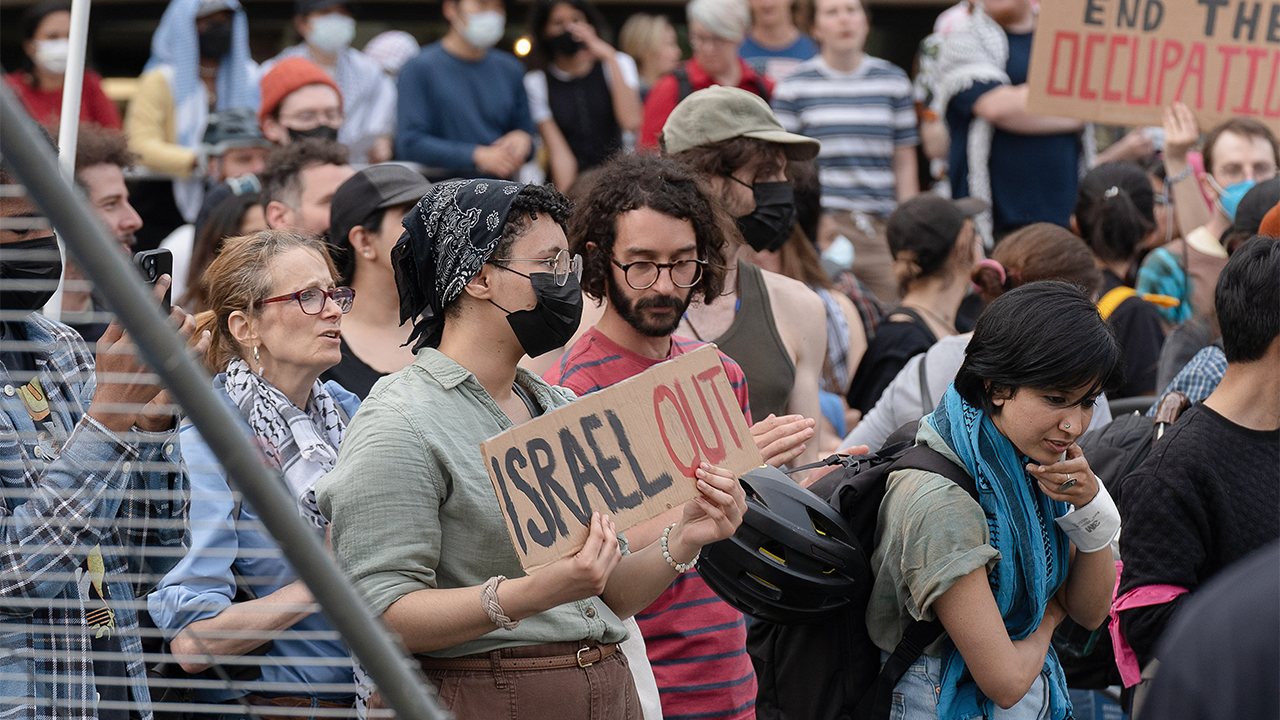World
In a Marrakesh hospital, Morocco’s quake survivors ponder what comes next
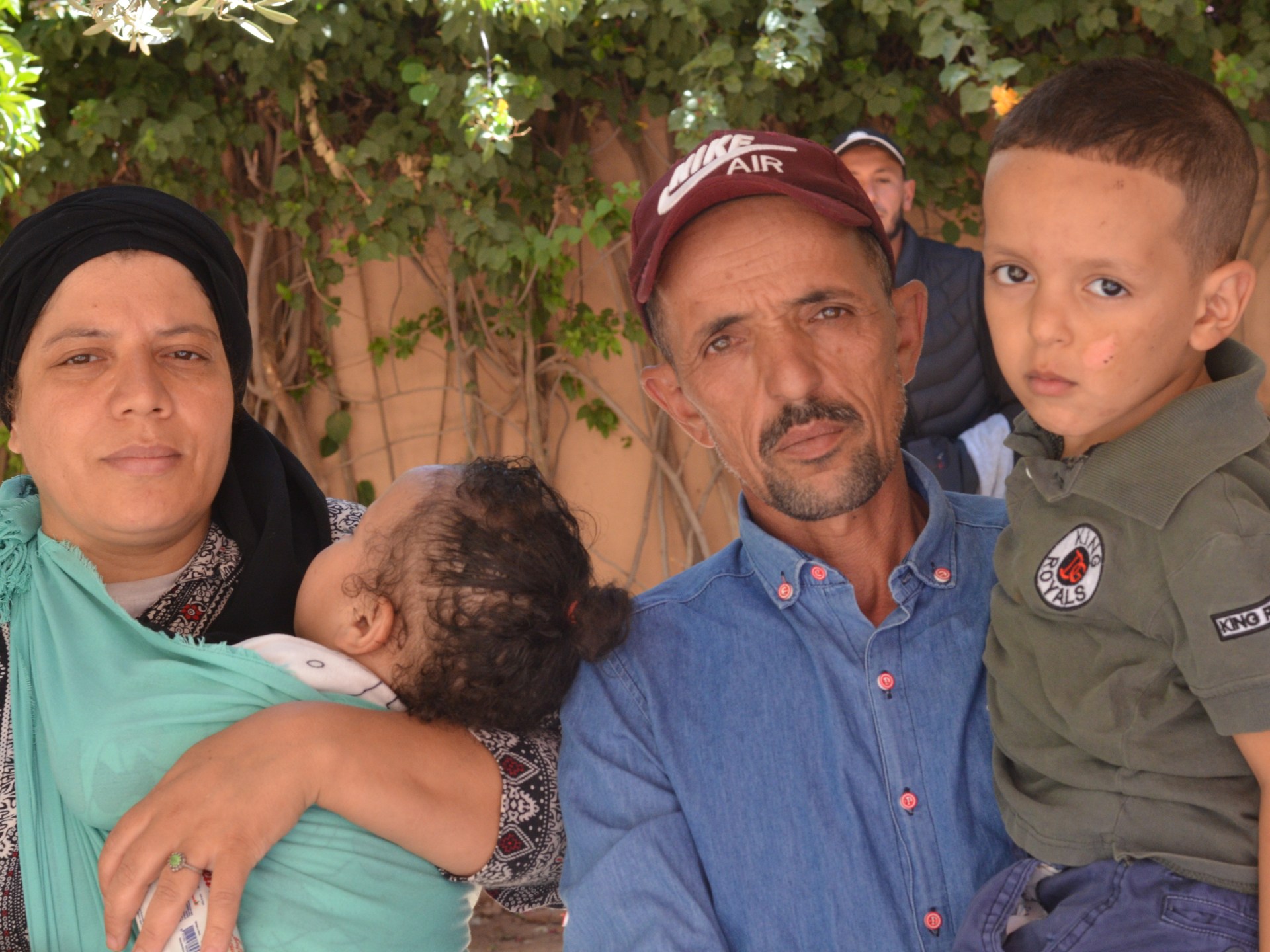
Marrakesh, Morocco – The few hundred residents of Ijjoukak had to wait three days for rescue after the earthquake ripped through the High Atlas Mountains at around 11pm on Friday.
By that time, Henya Bilau was already dead. Nine members of her extended family were killed the same night.
Located around two and a half hours drive outside of the thriving tourist city of Marrakesh, the impoverished hillside village of Ijjoukak stood little chance against the 6.8-magnitude earthquake.
Estimates vary, but between 80 and 100 residents – around half of its population – are believed to have been killed. Others died waiting for help.
In the meantime, the villagers have no choice but to dig through the rubble and pull out the bodies of their friends, relatives and neighbours.
Henya’s children – five-year-old Youssef and two-year-old Jihan, who sleeps obliviously in the cloth cradle hanging from her aunt’s shoulders – have yet to understand. Youssef plays happily with a neighbour. He has no idea what has happened.
“The wall fell down on Henya,” the aunt, Saida Ben Nasser, explains. “The children were thrown clear.”
Now they, like hundreds of others, wait outside the University Hospital in Marrakesh for Henya’s mother and aunt to be released. It is hoped they will be able to help look after the children.
After what seems an eternity, Henya’s husband, Omar, identifies himself. He had been standing at a distance, watching the conversation play out. Omar had been away, working in construction in Casablanca, when the quake hit.
In a thin and reedy voice, he explains that he does not know what he will do. The house is ruined, he says. They have nowhere to go.
Trying to help
The hospital and its grounds are crowded.
Across Morocco, people are doing everything they can to help. In addition to the carloads of first aid and immediate relief making their way into the mountains, there are lines of people waiting hours to donate blood.
Many have been turned away, the head of the clinic, Dr Samia el-Fezzani, explains. They already have more than they can process.
“Donations tripled directly after the earthquake,” she says. “We can only keep it [the blood] for 42 hours, so we need to stagger the supply.”
Volunteers are also present among her staff, looking after everything from registration to managing the hundreds of people who sit in the overflow area of the centre, as well as the crowded rooms within.
Houda al-Bass, a 23-year-old office worker, was breaking protocol as she lay in a chair, pumping blood out of her arm. There are strict limits: More than a month must pass between donations. But Houda has already donated five times since the quake hit.
“My boss didn’t give me time off, I didn’t care,” she says. “I know many people from the mountains… It’s the least I can do. I couldn’t donate my money, I couldn’t donate my time. My blood is all I can give.”
Royal visit
Dr el-Fezzani hopes the disaster will be a turning point for the villagers.
She is patriotic to a fault and still on a high after being filmed alongside Morocco’s King Mohammed VI. The utopian future she maps out includes new cities and roads for communities that are largely traditional and have not received the kind of investment that Morocco’s big cities have.
Asked if this new future had room for the past, she nods.
“The traditions are very strong,” she says, “They won’t lose them.”
Help is increasingly arriving in the remote mountain villages, but some of the worst-hit areas remain beyond the reach of rescuers, creating bottlenecks of aid and, in some locations, dearth and resentment.
However, since Mohammed VI’s visit on Tuesday, an uptick in relief has been noticeable. More army trucks queue in the endless traffic jams that have come to define much of the relief effort, while temporary camps and emergency clinics have increased in number since the royal intervention.
Asked why that intervention was necessary to deliver relief on the scale required, most people fall silent.
Nevertheless, across the mountains, bodies still lie covered in rubble, while local villagers – and domestic and international rescue forces – struggle to reach them. The dogs, trained to detect the living, are growing increasingly quiet.
Mohammed Ait Alla, 31, was lucky. He and his heavily pregnant wife Nayima, from the tiny hamlet of Sidi Rahal, escaped the worst of the damage.
“I heard the earthquake before I felt it,” he says, describing the low rumble that preceded the destruction. “The lights went out and I heard people running. We tried to run, too.”
Eventually, an ambulance arrived, but it was only able to take them to the next village, where another villager drove Mohammed and Nayima to Marrakesh.
She gave birth to a boy shortly afterwards. He is called Rayan.

World
Trump seeks records about evidence handling in latest bid to delay documents case

World
Temporary floating pier for Gaza aid completed, will move into position once weather lets up: Pentagon
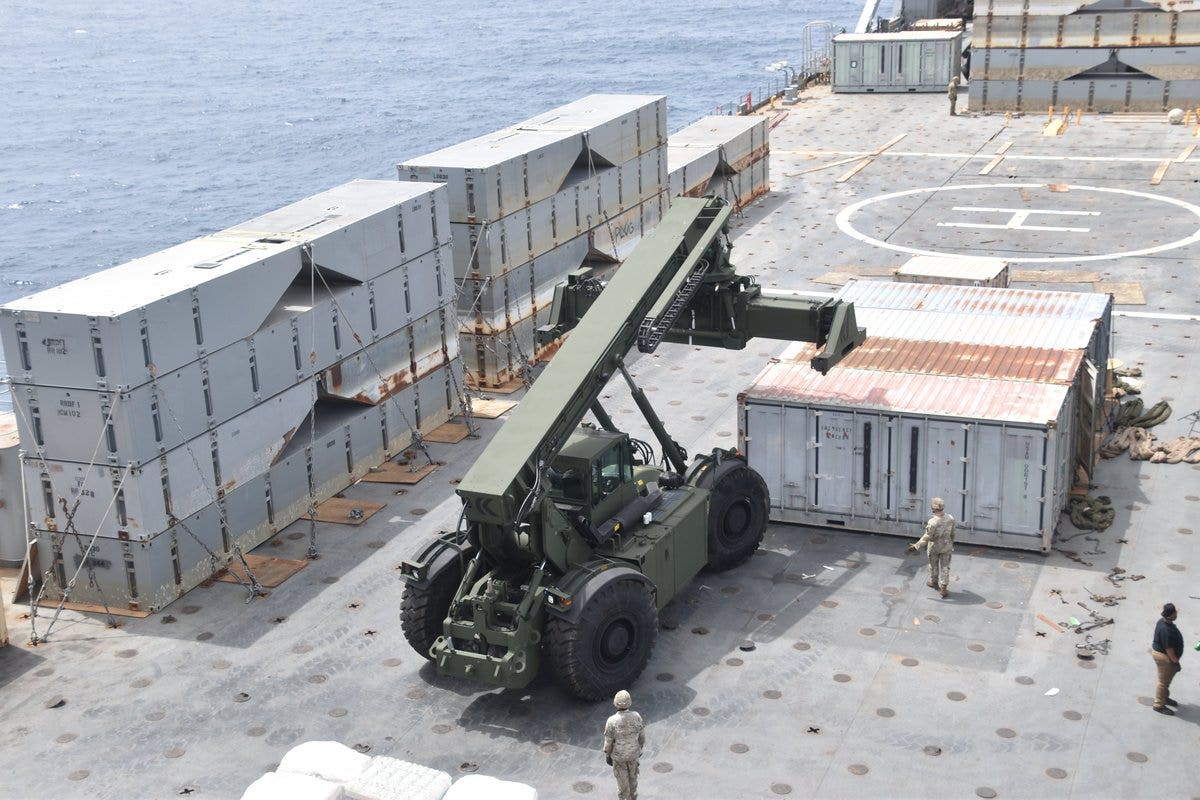
Both sections of the temporary floating pier intended to be placed off the coast of Gaza Strip for the delivery of humanitarian aid have been completed, though weather and sea conditions are preventing delivery of the parts to the embattled region, Pentagon officials tell Fox News.
Pentagon Deputy Press Secretary Sabrina Singh said during a press briefing on Tuesday that the U.S. Military completed the offshore construction of the Trident Pier section, or the causeway, which is the component that will eventually be anchored to the Gaza shore.
The second element of the project, the floating pier section, has also been completed.
“So, as of today, the construction of the two portions of the JLOTS [Joint Logistics Over-the-Shore], the floating pier and the Trident pier are complete and awaiting final movement offshore,” Singh said. “As you know, late last week, CENTCOM [U.S. Central Command] temporarily paused moving the floating pier and Trident pier toward the vicinity of Gaza due to sea state conditions. Today, there are still forecasted high winds and high sea swells, which are causing unsafe conditions for the JLOTS [Joint Logistics Over-The-Shore] components to be moved.”
MORE AID IS SUPPOSED TO BE ENTERING THE GAZA STRIP. WHY ISN’T IT HELPING?
U.S. Central Command tweeted that the construction of the floating Joint Logistics Over-The-Shore pier in the Mediterranean is underway. (CENTCOM)
The components are still sitting at the Port of Ashdod, and CENTCOM “stands by” to relocate the pier sections to Gaza, Singh added.
Once off the coast of Gaza, the U.S. military and USAID will work together to deliver humanitarian assistance using military support vessels and trucks.
Singh could not provide an exact date for when the pier would be maneuvered into place, mainly because of the weather and security conditions.
“As CENTCOM stands by to move the pier into position in the near future, and again, in partnership with USAID, we’re loading humanitarian aid onto the MV Sagamore, which is currently in Cyprus,” she said. “The Sagamore is a cargo vessel that will use the JLOTS system and will make trips between Cyprus and the offshore floating pier, as USAID and other partners collect aid from around the world.”
GROWING CONTROVERSY OVER BIDEN’S GAZA PIER FUELS CONCERNS OVER COST, SECURITY
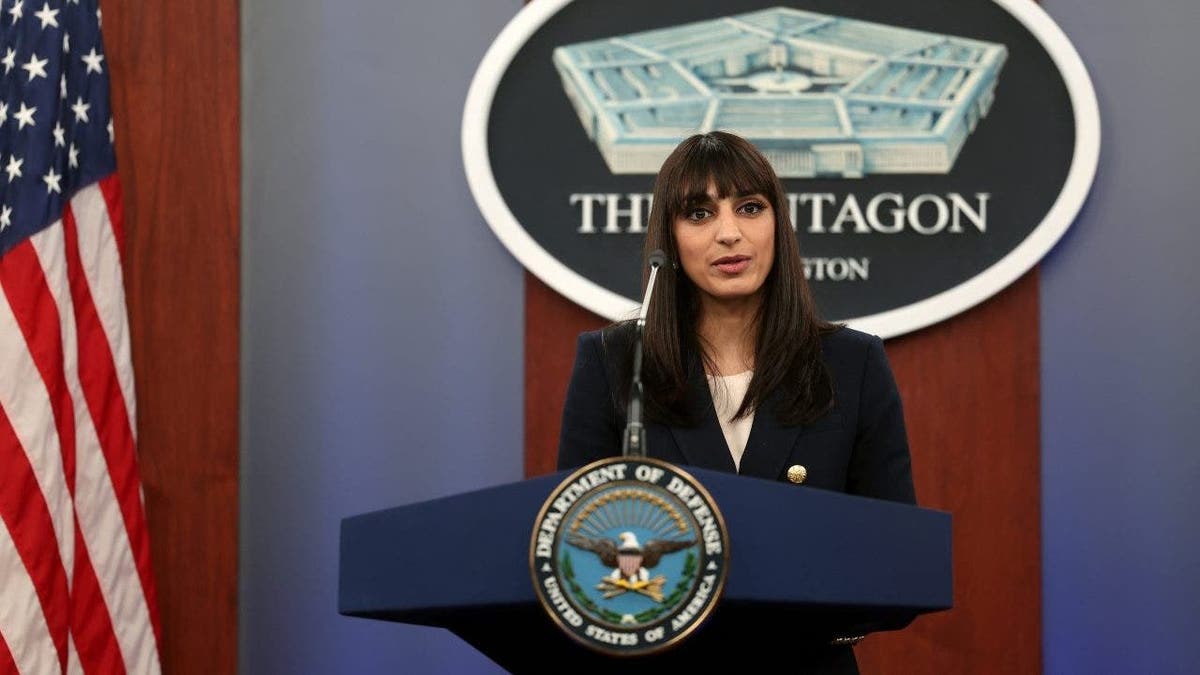
Pentagon Deputy spokesperson Sabrina Singh holds a press briefing at the Pentagon in Arlington, Va. (Kevin Dietsch/Getty Images)
The unloading of the aid will be, as she called it, a “crawl, walk, run scenario.”
Once fully operational, 150 trucks will be available to move aid into Gaza. At first, though, a small number of trucks will be used to make sure the distribution system works.
BIDEN’S VISION FOR A PALESTINIAN STATE DOOMED, EXPERTS SAY: ‘AN EXPLICIT RECOGNITION OF HAMAS’
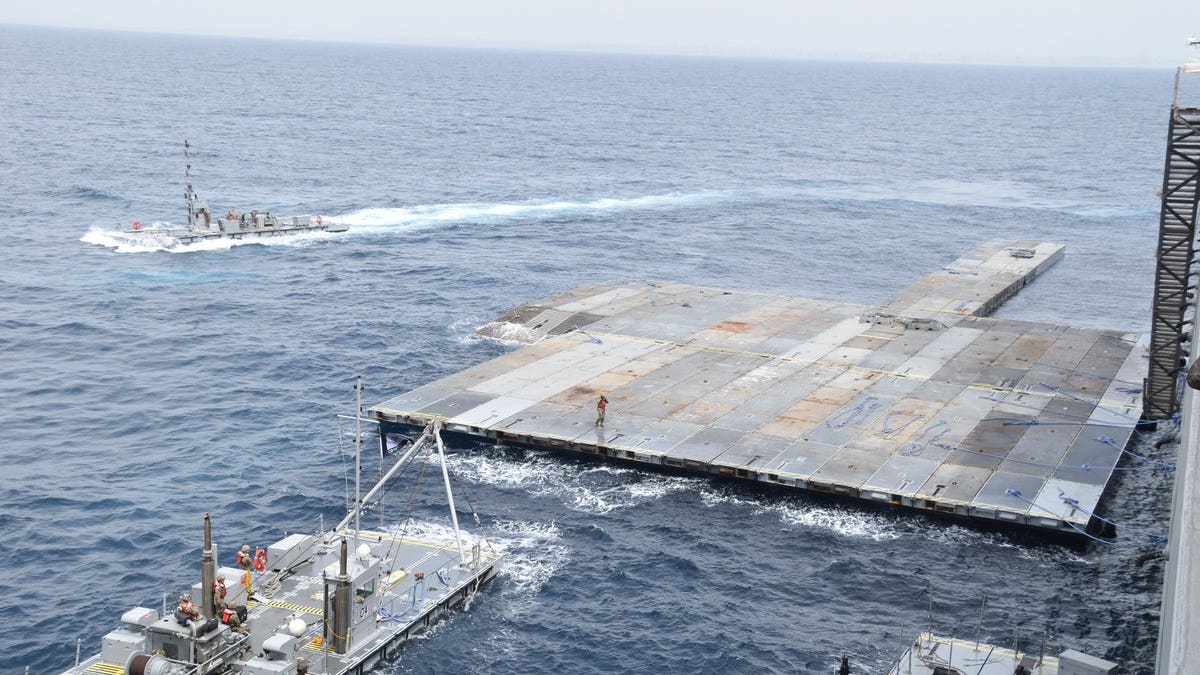
CENTCOM tweeted on X that, ‘The pier will support @USAID and humanitarian partners to receive and deliver humanitarian aid to the people of Gaza. @USTRANSCOM and @USEUCOM support the movement of #humanitarianaid. (CENTCOM)
Last week, U.S. Central Command posted photographs on X of the pier under construction by U.S. soldiers in the Mediterranean Sea, saying that the hulking metal platform “will support USAID and other humanitarian partners who will receive and deliver humanitarian aid to the people of Gaza.”
The Pentagon has said the estimated cost would nearly double the original estimate of $180 million. It also said the project will only be in use temporarily, for a period of three months.
The pier will be able to process up to two million meals a day for the people in Gaza, U.S. Central Command said.
Ruth Marks Eglash of Fox News contributed to this report.
World
‘Bleak milestone’: UN says 3 million forced to flee in Myanmar conflict

United Nations says the number displaced has jumped by 50 percent in last six months as fighting has intensified.
The number of people in Myanmar forced from their homes by conflict now exceeds more than 3 million in what the United Nations has described as a “bleak milestone” for the country.
The UN said the number displaced had surged by 50 percent in the last six months as fighting escalated between the military and armed groups trying to remove the generals who seized power in a coup in February 2021.
“Myanmar has this week marked a bleak milestone with more than 3 million civilians now displaced nationwide amid intensifying conflict,” the office of the UN Resident and Humanitarian Coordinator for Myanmar said in a statement on Monday.
“Myanmar stands at the precipice in 2024 with a deepening humanitarian crisis that has spiraled since the military takeover in February 2021 and the consequent conflicts in many parts of the country, driving record numbers of people to abandon their homes seeking safety.”
Of the 3 million internally displaced people, more than 90 percent fled as a result of the conflict triggered by the coup, the UN added.
About half of the displaced are in the northwestern regions of Chin, Magway and Sagaing, with more than 900,000 in the southeast. About 356,000 people live in the western state of Rakhine where a brutal military crackdown in 2017 prompted more than 750,000 mostly Muslim Rohingya to flee into neighbouring Bangladesh.
Myanmar was plunged into crisis when Senior General Min Aung Hlaing seized power from the elected government of Aung San Suu Kyi, which led to mass protests that evolved into an armed uprising when the military responded with brutal force.
Fighting has intensified since the end of October last year when ethnic armed groups allied with anti-coup fighters launched a major offensive in northern Shan and western Rakhine states overrunning dozens of military outposts and taking control of several key towns near the border with China.
In recent weeks, the military has also been battling with ethnic Karen groups for control of Myawaddy, a major trade hub on the border with Thailand.
The UN said the deepening conflict meant that some 18.6 million people in Myanmar were now in need of humanitarian assistance, 1 million more than in 2023.
But it said efforts to reach those in need were being hampered by “gross underfunding”. It said it had so far received less than 5 percent of the funds it needed for humanitarian operations.
“With cyclone season fast approaching, additional resources are needed now to protect the most vulnerable and save lives,” the statement said.
Last year, UN human rights chief Volker Turk accused the military of preventing life-saving humanitarian aid from reaching people in need by creating a web of legal, bureaucratic and financial hurdles.
The generals, who have been accused of launching air attacks on civilians and burning villages to the ground, have ignored a five-point peace plan that it agreed to with fellow members of the Association of Southeast Asian Nations (ASEAN) in April 2021, under which it was supposed to end the violence.
Nearly 5,000 people have been killed by the military since the coup, according to the Assistance Association for Political Prisoners, which has been tracking the situation. More than 20,000 people are in detention, while Aung San Suu Kyi is serving a combined 27-year sentence after a secret trial in a military court.
-

 World1 week ago
World1 week agoRussian forces gained partial control of Donetsk's Ocheretyne town
-
Movie Reviews1 week ago
Challengers Movie Review
-
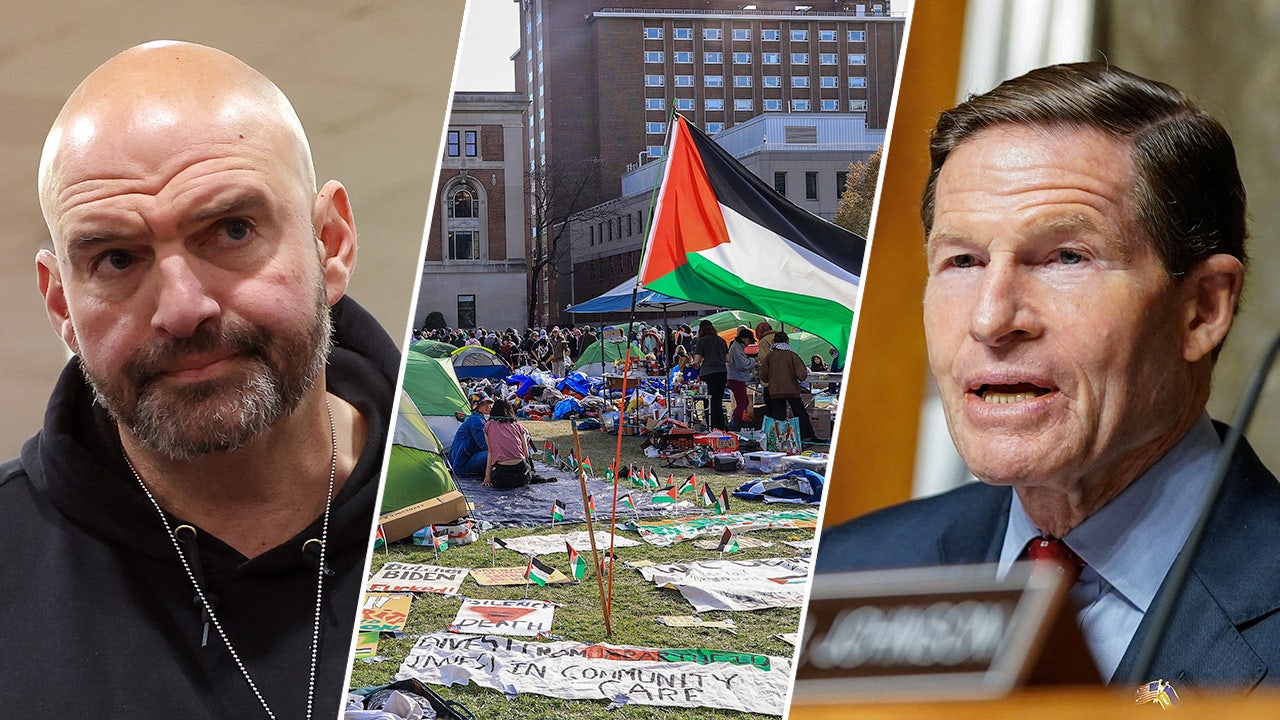
 Politics1 week ago
Politics1 week agoDems disagree on whether party has antisemitism problem
-

 Politics1 week ago
Politics1 week agoHouse Republicans brace for spring legislative sprint with one less GOP vote
-

 World1 week ago
World1 week agoAt least four dead in US after dozens of tornadoes rip through Oklahoma
-

 Politics1 week ago
Politics1 week agoAnti-Trump DA's no-show at debate leaves challenger facing off against empty podium
-

 Politics1 week ago
Politics1 week agoStefanik hits special counsel Jack Smith with ethics complaint, accuses him of election meddling
-

 News1 week ago
News1 week agoAs student protesters get arrested, they risk being banned from campus too



